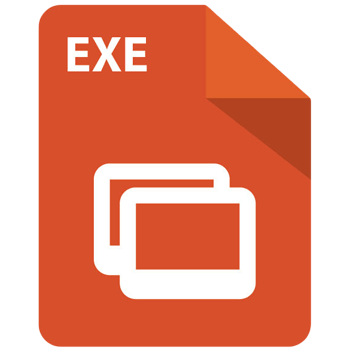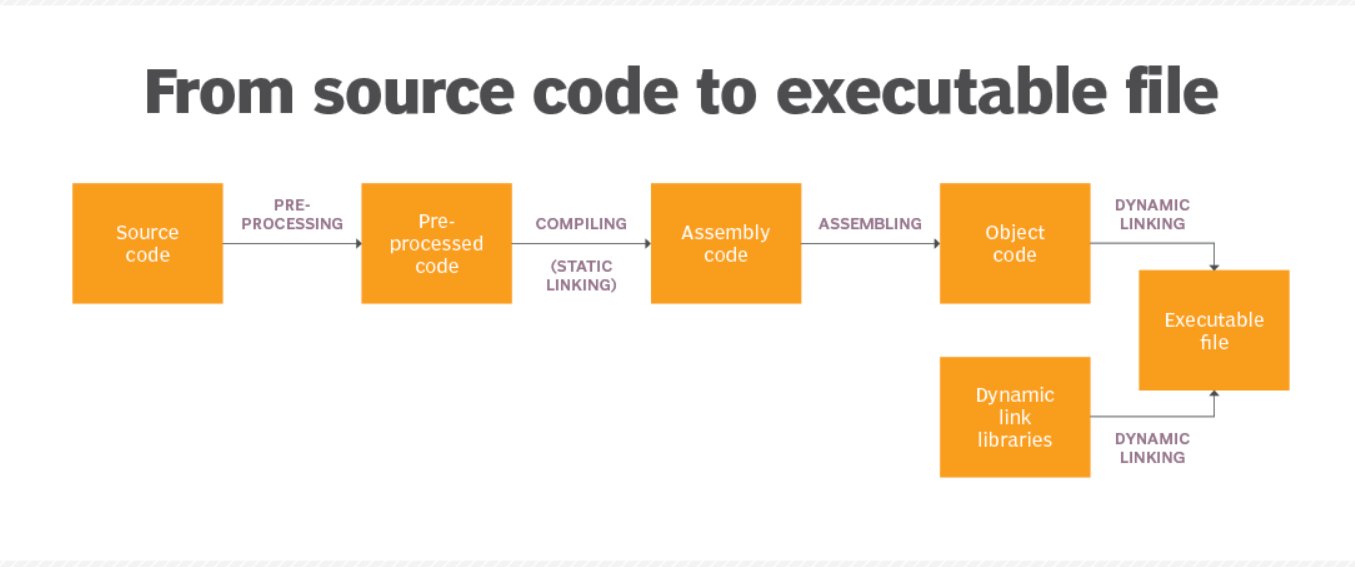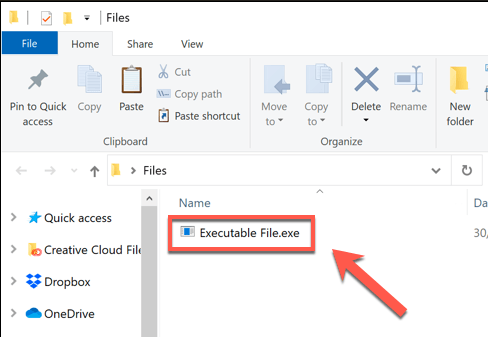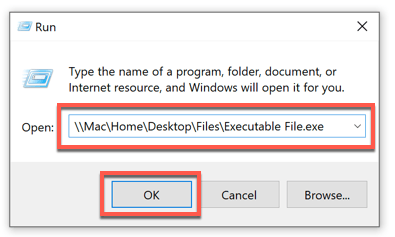What is an Executable File?
An executable file (EXE file) contains a set of instructions, when the user clicks on the file icon, the system can immediately execute. The file extension for an executable file on Windows is EXE. It runs the code or set of instructions present in the file. A typical executable file extension is EXE, but countless additional executable file formats exist. Scripts and compiled programs are the two main categories of executable files.
Compilated programs on Windows systems have an.EXE file extension and are sometimes referred to as "EXE files." Compilated programs for Macintosh computers have the application-specific extension (.APP). Both varieties of executable files have been converted from source code into binary machine code that the CPU may run immediately. However, APP files only work with Mac OS X, whereas EXE files only work with Windows. This is so that the code may be compiled in a format that the operating system can understand since the operating system executes the code.

Working of EXE file
The executable file format used by Windows is called an EXE file. An executable file is one that the computer runs the code in when a user or other event triggers it.
Binary machine code compiled from source code can be found in executable files. A computer's central processor receives instructions from this low-level code on executing a program. The processor translates the machine code and instructs the hardware of the computer.
Plaintext is used to write data files and programs. Direct communication between executable files and the computer allows them to send the computer a set of instructions. In contrast, before the system can use data files, another application must interpret or parse them.
In a simple text editor or an Integrated Development Environment, users can produce executable files (IDE). Users require a separate compiler to convert the file into machine code while using a text editor. IDEs automate the process of compiling. Additionally, they frequently highlight various syntactic parts and automatically detect syntax problems.

How to open EXE file in Windows
You can use several methods to open an executable file on Windows. You can often access EXE files from your desktop, Windows File Explorer, the Windows Start menu (for installed software), or the Run command box since Windows identifies them immediately as executable files.
- Double-click an EXE file to launch it in Windows File Explorer or on your desktop. Windows will be instructed to open it via this.
- The list of installed programs in the Windows Start menu are links to their respective EXE files (for instance, Chrome.exe for Google Chrome). To launch your applications, click one of the entries after clicking the Start menu icon (or the Windows key on your computer).

- You can use the Start command box to run an EXE file by pressing the Windows key and R on your keyboard. Alternatively, you can choose Run by right-clicking the Start menu icon.
- Locate your executable file by clicking Browse or typing the file location straight into the Run command box. Press OK to begin the EXE file's execution.

Windows will prevent an executable file from starting if it cannot (for example, if it was created for an earlier version of Windows). Another possibility is an error message. If this occurs, select Close and hunt for a different file to run in its place.
How to run an executable file
EXE files execute upon opening since doing so initiates it. The way these method works varies depending on the system. Two more instances of how executables are triggered are as follows:
- A file is opened and launched by clicking on its icon or name in an operating system (OS) with a graphical user interface (GUI). For instance, users of Microsoft Windows can start a file by double-clicking it.
- Before pressing the Enter key to run a file in an operating system with a command-line interface, users must enter the file name in the CLI with the proper syntax. For example, on Linux or Unix, the file name would be preceded by a period and forward slash. Thus typing./filename would execute the file named filename.
- In MS-DOS and many other commands line operating systems, input the name of the executable file and hit Enter to run it. For instance, typing "my file" at the command prompt will launch the file myfile.exe.
An EXE file may occasionally be triggered passively. For instance, Windows' AutoPlay and Autorun functions automatically run files when a specific event occurs. For instance, when a USB device is attached, the USB's firmware is launched automatically. When the machine boots up, any executables in the Windows startup file will be launched immediately.
Executable file malware concerns
EXE files occasionally include malware. Malicious executable files can be hidden under different file extensions by malware developers.
The characters in a file name following the final period indicate the file type. Windows sometimes display file extensions, making determining a particular file type challenging.
For instance, a user may mistake a file like trustedfile.pdf.exe for a PDF as the file name would appear as filename.pdf without the extension. The user would click this in hopes of opening a PDF, but instead, it launches an executable with malicious code, which infects the user's computer with malware.
Users can determine whether it is secure by checking the EXE file's origin and whether it came from an undesired email. The user can manually do static analysis on the source code by converting the machine code back to assembly language and scanning it for risky methods if the source is in doubt. They can manually perform an antimalware scanner on the file as well.